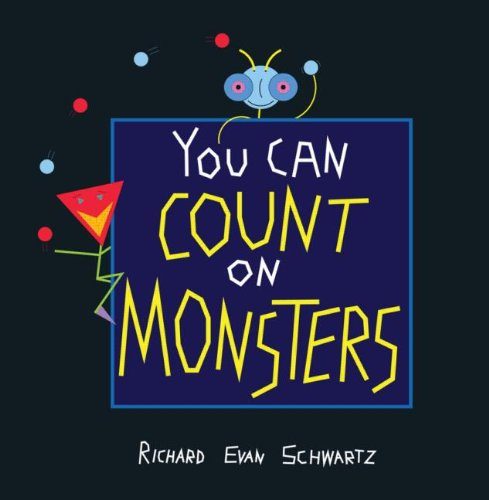
I’m hip-deep in the teaching of Mathematics 152, a discrete mathematics course titled “The Mathematics of Symmetry” designed by Paul Bamberg and taught at Harvard University. The course is seminar-style: the students take turns presenting the material in 5-to-15-minute assigned topics during class. The design puts an emphasis on learning to communicate mathematics, and so as I took over the course this semester I considered what I might do to further this goal. I wanted to encourage class participation, discussion and a sense of community, as well as tie the mathematics of the course to the wider experience of the students. So I tried an experiment: an assigned community math blog. The blog is open to and in fact aimed at the layperson public, but also serves as a community discussion board for the students. The 23 students in the class have been assigned 4 posting dates each, spread throughout the semester, which means the blog is updated at least once and sometimes twice a day.
I was inspired by my mother and father, who both assign “journals” to their students in psychology, english, classics and philosophy. The journals, updated regularly by students, are a sort of private diary of reactions to the course. They serve to draw connections with the sudents’ world outside the classroom, and encourage reflection on the material. Blogging, it occurred to me, is a sort of public journaling, and provide some of what my parents sought from the course journals, but this time in the form of a community project.
We’re now approaching the halfway mark for the semester, and I’ve been incredibly impressed with the students’ posts. They range from amusing to historical to musical to magical—even social commentary. There’s been no shortage of topic ideas, although I had hoped there would be more discussion via comments. I hope you’ll take a look at the blog and post some responses, so the students see that they are really reaching an audience out there on the internet: reaching beyond the course itself.
Site: The Math 152 Weblog.

This is a brillant idea! I plan on using this for my Calculus I class in the spring.
One other project students can participate in (that I might try in the future) is to set up a private wiki in which the students add unique content similar to chapters in their textbook. This can include adding new problems or just summarizing the course material.
I’m so glad I came across this site. I’m a math major at Towson University and I was contemplating starting a blog to keep a record of my math notes. I had no idea that the free wordpress.com membership supported latex.
As a math teacher, I think using a math blog is a great way to share ideas. I am teaching Algebra 1 and would apprecaite any input of how to intrudce the concept of slope. I would like to have a lesson that involves visual props and have the students hands on. If anybody has a creative lesson on slopes, I would appreciate it very much to hear about it. Looking forward to your input.
I am going to incorporate this idea in my art class. They will be assigned days to post and comments to make. I am leaving it up to the students on the art topic. It should be fun to see their ideas. Thanks.
Here is my blog:
https://abowser555.wordpress.com/2009/10/17/blogging-in-math-class/
Does Wordpress support [tex]\LaTeXe[/tex]? Let’s see:
[tex]\sin(\theta)^2+\cos{\theta}^2=1[/tex]
Tania, this particular blog supports [tex]\LaTeX[/tex]. Wordpress, by default, does not.
Formulas need to be embedded in [ tex ] [ / tex ] pairs (sans the spaces).